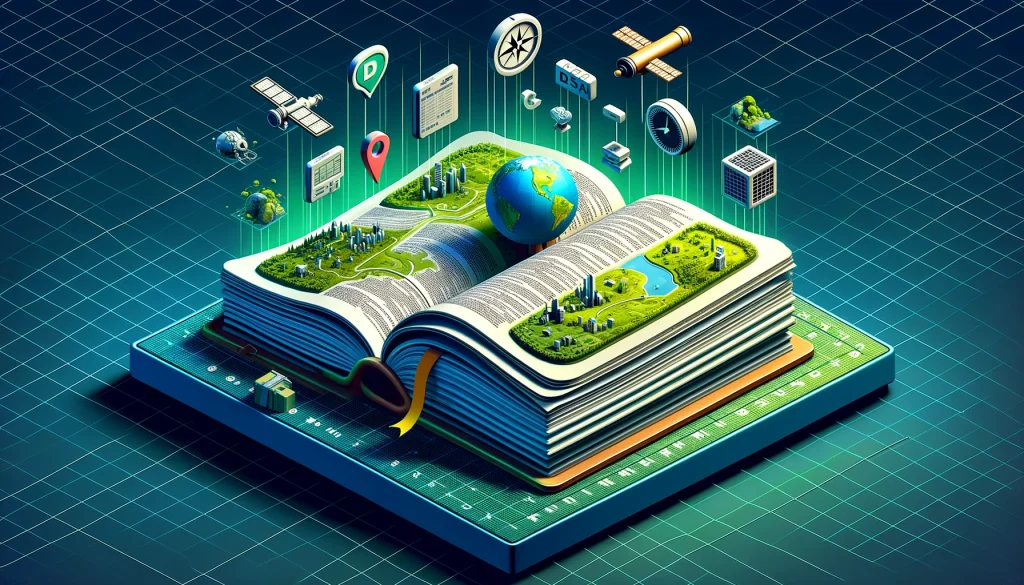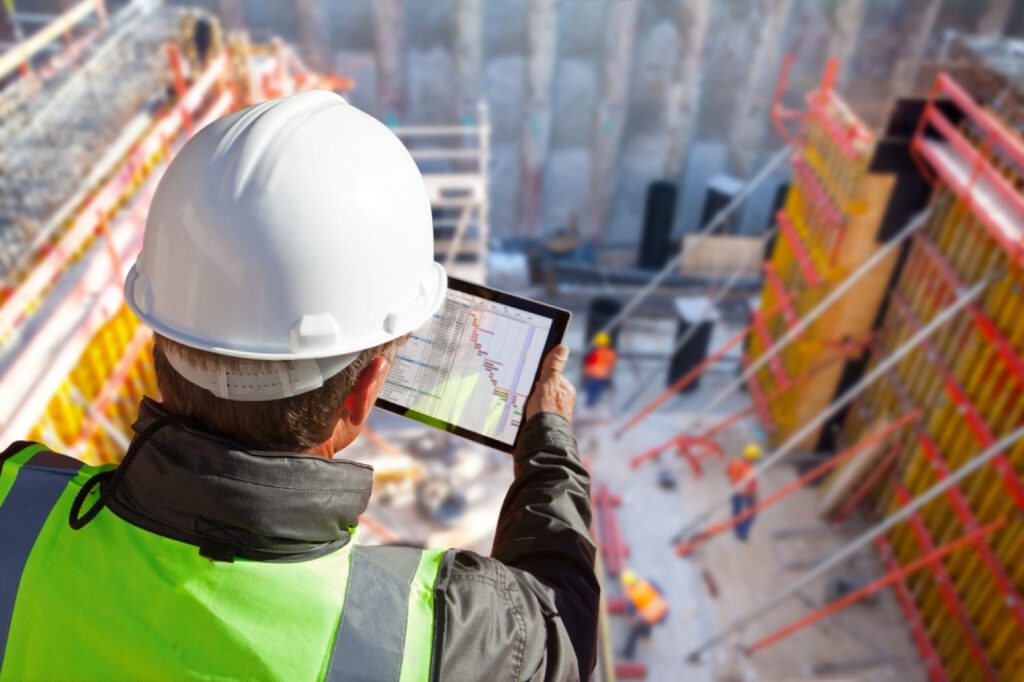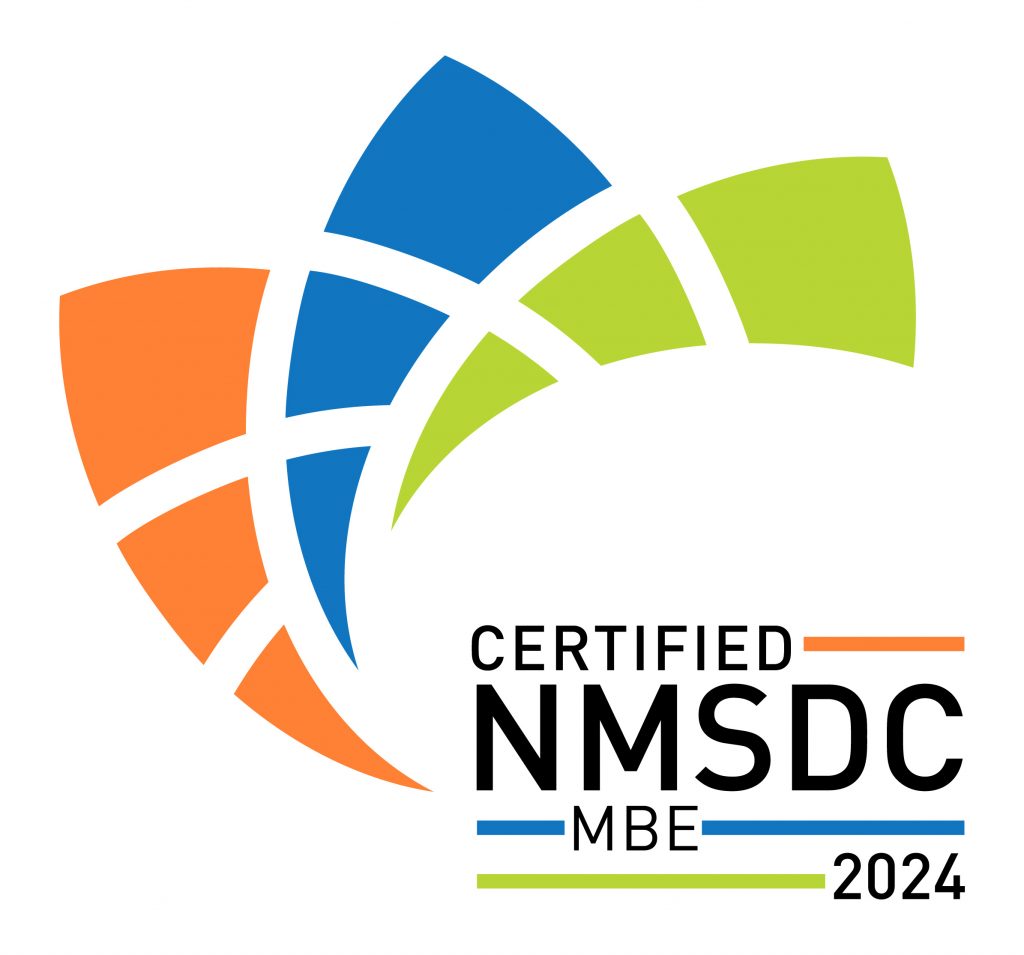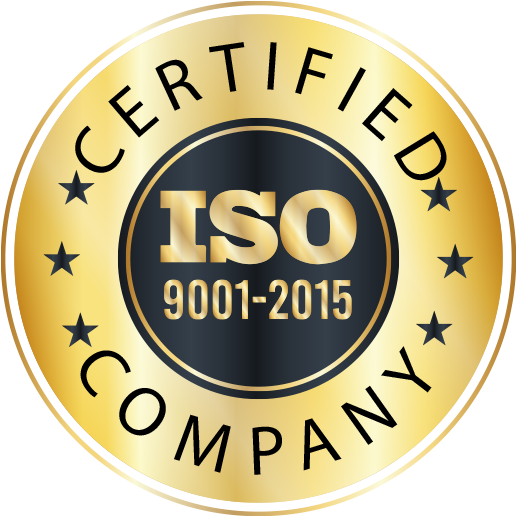- March 14, 2024
Dictionary of GIS Terms

Aerial Photography Mapping: The creation of maps based on the interpretation and analysis of aerial photographs, utilizing differences in vantage points and angles to construct detailed representations of the Earth’s surface for planning and analysis.
Cartography and Map Design: The art, science, and technology of creating maps, involving the representation of spatial information visually in order to communicate geographic data effectively and accurately.
Climate Change Mapping: The process of using geographic data and mapping technologies to illustrate and analyze the effects of climate change, including rising temperatures, changing precipitation patterns, and extreme weather events.
Consulting Service: Geospatial consulting services offer expert guidance on the strategic implementation and use of geospatial technologies. This includes Presales support, QA&QC, Staffing, Onshore and offshore support, Proof of support and Business process evaluation.
Data Services: In the context of geospatial solutions, data services refer to the processes and technologies used for managing, storing, retrieving, and distributing geospatial data, facilitating decision-making processes across. It comprises data conflation, data standardization, data management across different sectors.
Environmental Geospatial Studies: The application of geospatial technologies and analytical methods to environmental science, studying spatial patterns and processes affecting ecosystems, biodiversity, climate change, and natural resource management.
Enterprise GIS Framework: An enterprise GIS framework is an integrated approach to managing and utilizing geographic information throughout an organization. It enables the sharing of GIS resources, data, and applications across different departments, improving collaboration and efficiency.
Geographic Coordinate Systems: Frameworks that utilize latitude and longitude to pinpoint precise locations on the Earth’s surface, enabling accurate mapping and navigation worldwide.
Geographic Data Visualization: The technique of representing spatial data through graphical forms, including maps and 3D models, to help users understand geographic patterns, relationships, and trends more effectively, enhancing the interpretability of complex spatial information. Digital Terrain Model (DTM), Digital Elevation Model (DEM) are important 3D models to determine the type of terrain and assets.
Geographic Information Science Education: The academic field focused on teaching the principles, technologies, and applications of geographic information systems, including data collection, analysis, and visualization techniques.
Geofencing Technologies: Digital tools that create defined virtual perimeters around real-world geographic areas, enabling automated alerts or actions when objects enter or leave those boundaries.
Geospatial Big Data Analytics: The analysis of large volumes of geographic data from various sources to discover patterns, trends, and insights, supporting complex decision-making processes.
Geospatial Cloud Computing: This concept involves leveraging cloud technology to store, process, and manage geospatial data, enabling scalable and efficient access to GIS resources and data analysis capabilities from anywhere.
Geospatial Data Integration: The merging of geographical data from diverse sources into a coherent dataset, often involving the alignment of different coordinate systems, formats, and data models, to create a comprehensive spatial representation for analysis and decision-making.
Geospatial Data Inventory: The inventory method incorporates both the in-scope and out-of-scope methodologies, especially when dealing with large-scale datasets, to minimize redundancy in the dataset.
Geospatial Data Management: The discipline of handling spatial data, focusing on its efficient storage, retrieval, updating, and management within databases or GIS, ensuring data integrity and availability for analysis and application in various fields.
Geospatial Database Design: The process of structuring databases to efficiently store, manage, and retrieve geographic information, optimizing the performance of spatial queries and data analysis.
Geospatial Intelligence (GEOINT): This refers to the use of spatial data and imagery to support and enhance defense and intelligence operations. It involves analyzing geographically referenced activities on Earth to aid in decision-making for national security.
Geospatial Machine Learning: The integration of machine learning algorithms with geographic data, enabling predictive models and analytics that can uncover patterns and make predictions based on spatial relationships and attributes.
Geospatial Metadata Management: The organization and maintenance of metadata related to geospatial data, detailing the origin, content, condition, and other characteristics of data to improve its usability, management, and preservation.
Geospatial Policy and Regulation: The set of legal frameworks and guidelines that govern the collection, use, sharing, and protection of geographic information, ensuring ethical and secure handling of spatial data.
Geospatial Predictive Modeling: A method of using geospatial data to forecast future conditions or events based on patterns and trends identified through spatial analysis, aiding in strategic planning and risk management.
Geospatial Project Management: The practice of managing projects that incorporate geospatial data and tools, focusing on the coordination of tasks, resources, and stakeholders involved in spatial data collection, analysis, and application.
Geospatial Software Development: This is the process of creating applications that input, store, manage, analyze, and visualize geographic information, facilitating the processing of spatial data to support a wide range of applications from navigation to spatial analysis.
Geospatial Statistical Analysis: The application of statistical techniques to spatial data, aiming to identify patterns, correlations, and trends within geographic datasets, supporting informed decision-making.
Geospatial Technology Trends: The ongoing advancements and innovations in geospatial technology, encompassing developments in GIS, remote sensing, GPS, and other related fields that enhance the capabilities and applications of spatial data analysis.
GIS Application Development (Web, Mobile, Desktop, and Opensource): This involves the design and creation of software applications that leverage geographic information systems (GIS) to analyze, visualize, and interpret location-based data for various applications, from urban planning to environmental management. It includes Presales support, QA&QC, Staffing, Onshore and offshore support, Proof of support, and Business process evaluation.
GIS Consulting Services: These services assist organizations in developing and optimizing their GIS capabilities. This includes planning and implementing GIS projects, integrating GIS with other IT systems. It also includes Deployment of skilled manpower at project site, mutually agreed Techno-commercial proposal submission, Staffing of GIS developers/GIS analysts, Implementation of ESRI at client site, Data migration, and System integration.
GIS Data Collection Techniques: These encompass a variety of methods to gather spatial data, including surveying, GPS tracking, remote sensing, and direct observation, tailored to capture accurate and comprehensive geographic information for analysis.
GIS for Crime Analysis: Applying GIS tools to crime data to identify patterns, trends, and correlations in criminal activity, aiding law enforcement in crime prevention, strategic planning, and resource allocation.
GIS for Disaster Management: The application of geographic information systems to support disaster response efforts, including preparation, crisis management, and recovery, by analyzing and visualizing critical spatial data.
GIS for Renewable Energy Planning: The use of GIS technologies in identifying optimal locations for renewable energy sources like solar and wind farms, assessing environmental impacts, and planning infrastructure based on geographic and environmental data.
GIS in Public Health: Leveraging geographic information systems to study health issues, disease spread, and access to healthcare services, improving public health planning and interventions based on spatial analysis of health data.
GIS in Transportation Planning: This involves the application of geographic information systems to analyze and optimize the planning, design, operation, and management of transportation networks, enhancing route planning, traffic management, and infrastructure development.
Historical GIS (HGIS): A discipline that integrates GIS technologies with historical research, mapping historical events, changes, and trends over time to analyze and visualize the spatial aspects of historical data.
Land Use and Land Cover Mapping: The classification of geographical areas based on their natural attributes and human usage, providing essential information for environmental planning, urban development, and conservation efforts.
Location Intelligence (Navigational apps, Vehicle tracking): This is the process of deriving meaningful insight from geospatial data to inform business strategies, operational decisions, and market analysis. It involves spatial analysis, data visualization, and predictive modeling.
Location-based Services (LBS): These are services offered through mobile devices using geographic data to provide information relevant to the user’s current location, such as navigation, local business findings, and social networking services.
Mobile GIS Applications: Specialized software developed for mobile devices that enable the collection, analysis, and visualization of geospatial data in the field, enhancing the mobility and flexibility of GIS tasks.
Natural Resource Management GIS: The use of GIS technologies in the conservation and sustainable management of natural resources, including water, soil, and forests, facilitating the monitoring, analysis, and planning of resource use.
Open-source GIS Tools: These are GIS software solutions that are available for free and can be openly modified and shared, encouraging collaboration and innovation within the geospatial community.
Real-time Geospatial Data: This is geographic information that is collected, updated, and made available instantly, allowing for timely analysis and decision-making in dynamic environments.
Remote Sensing & LiDAR: Remote sensing is the acquisition of information about an object or phenomenon without making physical contact, often via satellite or aerial imagery. LiDAR is a specific type of remote sensing that uses laser light to measure distances to the Earth’s surface, creating highly accurate 3D models.
Remote Sensing Data Processing: The techniques used to analyze and interpret data collected by remote sensing technologies, such as satellites or drones, to extract useful information about the Earth’s surface and atmosphere.
Satellite Imagery Analysis: The process of interpreting and extracting information from satellite images, employing techniques to analyze reflected and emitted radiation from the Earth’s surface to study environmental, geographical, and urban changes over time.
Spatial Analysis: This is the technique of analyzing geographic patterns to identify spatial relationships, trends, and significant characteristics within geospatial data. It supports decision-making in various fields such as environmental science, urban planning, and public health.
Spatial Data Accuracy: A measure reflecting how closely geographic data matches the actual locations and shapes of physical features on the ground, critical for reliable mapping and analysis.
Spatial Decision Support Systems: Advanced systems that integrate geospatial data, analysis tools, and models to support and improve decision-making processes in spatial planning and management.
Spatial Econometrics: A branch of econometrics that incorporates spatial relationships and geographic information into economic models, analyzing spatial data to understand regional economic patterns and influences.
Topographic Mapping: The process of creating detailed maps that represent the Earth’s surface features, including elevations and terrain contours, to visualize landscape forms and slopes.
UAV (Drone) Mapping: The use of unmanned aerial vehicles to capture geospatial data, including imagery and topographic information, for mapping, analysis, and planning purposes.
Urban Planning GIS: The use of GIS technology in urban planning to analyze spatial information, supporting the design, implementation, and management of urban development projects, including zoning, land use planning, and infrastructure development.
Water Resource Management GIS: Utilizing geographic information systems in the management, distribution, and conservation of water resources, enhancing the planning and implementation of water-related projects and policies.






